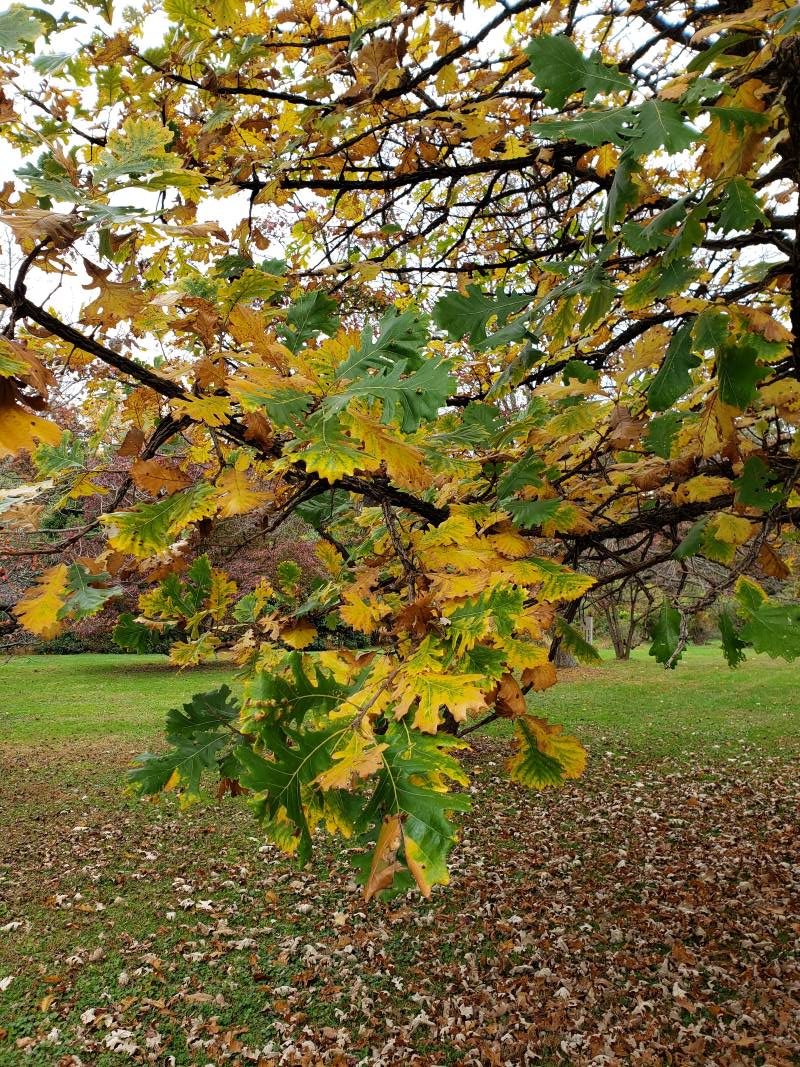Planting a tree is one of the most impactful actions a gardener can take. Trees can provide innumerable benefits to the landscape, ecosystem, and home. Places where trees stretch across the landscape provide not only beauty, but a sense of calm, security, and timelessness as trees serve several generations of families. Since suburban New Jersey properties usually have room for very few trees, what tree one selects becomes doubly important. Many homeowners immediately turn to the popular spring-flowering cherries, or the invasive Callery pear, but think again. Non-native trees provide few, if any, benefits for our native insects and birds while some, such as the Callery pear (also called Bradford pear), are invasive to the point that states have begun to ban their sale. Instead of investing in something that provides blooms for less than 2 weeks of the year, why not turn to a player that will benefit insects and birds for most of the growing season? The best trees for achieving this are the oaks. But wait – don’t stop reading because you believe your property can’t accommodate a 70-foot high monolith.

You can still grow an oak, as this article will explain. First, let’s consider why oaks are the best choice. As you may already know, our ecosystems are out of balance with many plants and insects in danger of extinction. Nature functions on food webs, and organisms lower on the food chain are vital to those higher up. The extinction of one species affects the survival of others, particularly in the case of insects. The loss of one kind of plant can cause the extinction of an entire genus of insects. A well-known example of this is the relationship between monarch butterflies and milkweed, the plant required by their caterpillars. No milkweed, no monarchs. Insects and birds have both suffered precipitous population declines over the past few decades, with
Science Magazine reporting a loss of 29% of North American birds since 1970 and numerous studies recording huge losses of insects in what is being dubbed an insect apocalypse.
According to Dr. Doug Tallamy of the University of Delaware, oaks feed the caterpillars of over 500 species of butterflies and moths, far many more than the next most productive trees. Caterpillars are important because they are a primary food source for birds. Therefore, healthy oak trees help support butterflies, moths, and birds. Oaks also provide acorns used by many other types of wildlife. New Jersey is home to 19 species of oak trees so gardeners can find one to meet their landscape conditions. Concerned about height? Dwarf chestnut oak ( Quercus prinoides ) usually grows to a height of 12 feet, rarely to 20 feet. Another option for growing oaks and maintaining a lower height is to coppice them, meaning to periodically cut them down to ground level. This results in an oak that grows as a multi-stemmed shrub instead of a single-trunked tree. This can be done with many oak species. Worried that you’ll have to wait forever for an oak to grow? Well pin oak, willow oak, and New Jersey’s official state tree – the northern red oak – are fast growing, stretching 2 feet or more per year so it won’t take long before one can bask in their shade. Note that planting a younger, smaller tree will give you better results than purchasing a more expensive, mature tree. The younger tree will adjust faster and catch up with the height of the older tree. (Sounds just like what happens to gardeners and their children!)
Naturally, if all gardeners grew only oaks this would cause a lack of biodiversity and the loss of species that rely on trees other than oaks. But considering that so many homeowners are enamored of spring-flowering non-natives that don’t offer our wildlife any benefits, more oaks would help improve our ecosystems and provide shade, beauty, and tranquility.
You can learn more about oaks and the benefits of many other native plants when Dr. Doug Tallamy, a nationally renowned expert and author, speaks at Laurelwood on April 24. His program is entitled “Bringing Nature Home: A New Approach to Conservation,” and his books will be available for purchase and signing. Seating is limited, so purchase your ticket early at www.laurelwoodaboretum.org. For more information on invasive plants gardeners should avoid using, such as Callery pear and butterfly bush, please visit Jersey-Friendly Yards. Looking for possible native plants to use in your garden? Visit the Native Plant Channel on YouTube and Facebook. Also visit Jersey Yards.
